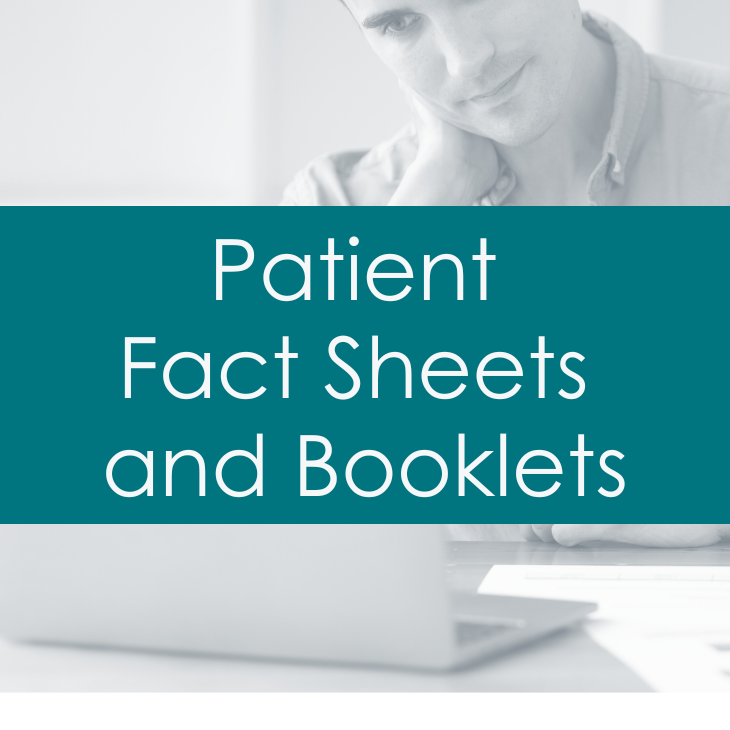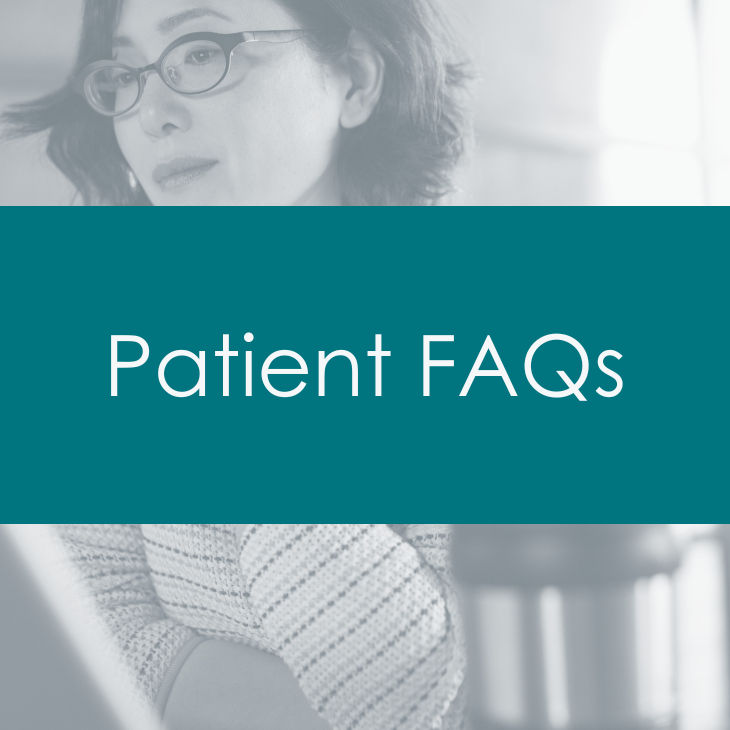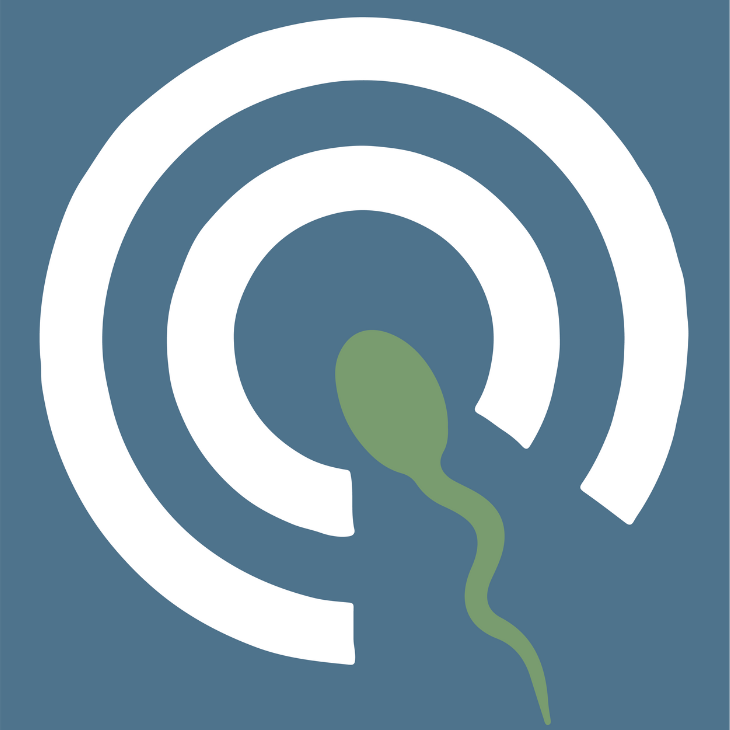
Created 2008/Revised 2023

Many females have pain in their pelvis (lower part of the belly) from time to time, usually during their period. However, if you have daily pelvic pain or pain that inhibits your daily activities, it could be a sign of a bigger problem with your bladder, bowels, reproductive organs, or pelvic muscles. Many conditions cause pelvic pain, including endometriosis, adhesions, chronic appendicitis, or hernias.
Evaluation
Your doctor will ask you whether it is painful for you to do your daily activities such as go to the bathroom, walk, sit, climb stairs, or have sexual intercourse. If you have pain during these activities, your problems may be in your bladder, bowels, or the muscles of your pelvis, hips, or lower back. Your doctor will press on these muscle areas to determine exactly where the pain originates. For example, endometriosis, a condition where the same tissue that lines the uterus is found in parts of the pelvis and abdomen, may be suspected during a pelvic exam by a doctor.
Conservative treatment
Conservative treatment means treatment without performing surgery. Your doctor may first try to treat your pelvic pain with birth control pills and/or non-narcotic pain medications. If these options do not work, you may be given medications that take away the estrogen in your body, therefore placing you in a short-term, menopauselike state. Decreasing estrogen can help with conditions like endometriosis.
Diagnostic laparoscopy: Finding out what is wrong
Laparoscopy is a type of surgery that is performed with a telescope that is attached to a camera and inserted into the abdomen(laparoscope). One to 4 small incisions in your belly allow the introduction of operative instruments. During laparoscopic surgery, your doctor will be able to view your pelvic and abdominal organs to see if they are contributing to your pain. Some of the conditions your doctor may find are endometriosis, adhesions (scar tissue), appendicitis (infection of the appendix), or a hernia (organs pushing out through weakened abdominal wall). Sometimes, even finding that everything looks normal can be helpful in choosing further treatment.
The two most common problems that can be treated with laparoscopy are endometriosis and pelvic adhesions:
Endometriosis
Endometriosis can cause daily pelvic pain, painful periods, and/or pain during bowel movements or sex. Having endometriosis can also make it harder for you to get pregnant. At the time of your laparoscopy, your doctor will attempt to remove the endometrial tissue that is seen with an electric current or laser. Treatment will help to decrease or eliminate your symptoms and may make it easier for you to become pregnant.
Pelvic adhesions (scar tissue)
Adhesions in and around the pelvic cavity may form if you have endometriosis, a pelvic infection, surgery on your pelvis, or a cyst on an ovary. Scar tissue causes organs that normally are separate from each other to become attached. For example, your ovary can be attached to your bowel, and your doctor will separate the adhesions with laparoscopic scissors to help relieve pain. This seems to work best when the adhesions are not too severe.
Fact Sheets/Booklets
View more fact sheets and booklets written by the ASRM Patient Education Committee.
Menopausal Transition (Perimenopause): What Is It?
The menopausal transition (perimenopause) is the period that links a woman’s reproductive (childbearing) years and menopause.
Osteoporosis
Osteoporosis and osteopenia are conditions of having low bone mass (density).
Hyperprolactinemia (High Prolactin Levels)
Prolactin is a hormone produced by your pituitary gland which sits at the bottom of the brain.
Optimizing Natural Fertility
Before attempting pregnancy, a woman should make sure she is healthy enough for pregnancy by adopting a healthier lifestyle and taking prenatal vitamins. If she has a medical or genetic condition or risk of one, she should seek advice from a medical professional before conceiving (becoming pregnant)Endometriosis
Fibroids or Myomas or Leiomyomas
Find a Health Professional











